Affiliate links on Android Authority may earn us a commission. Learn more.
5 things we want to see from budget phones in 2023
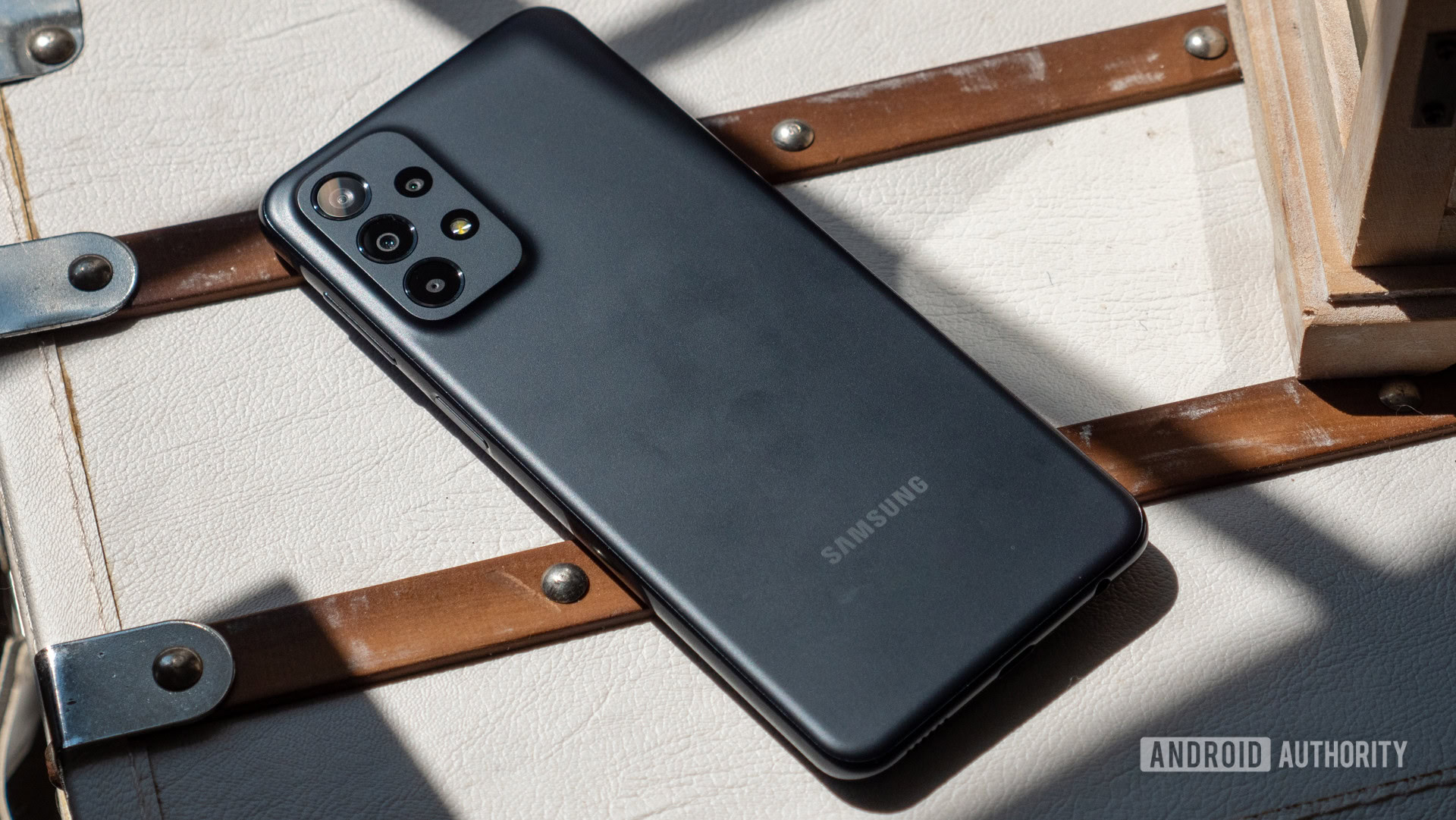
High-end flagship devices grab most of the headlines each year, but we spend just as much time with budget phones here at Android Authority. Looking back, 2022 might go down as the year that the budget and mid-range markets grew up. Both segments are as hot as ever, primarily thanks to the steps taken to close the gap on premium devices.
Google, for example, brought its flagship Tensor processor to the Pixel 6a, OnePlus leans into speedy charging better than almost anyone, and Samsung keeps offering better software commitments at all levels. However, there’s still much more that the modestly priced market can do. Here are five things we want to see from budget phones in 2023.
Farewell, headphone jack
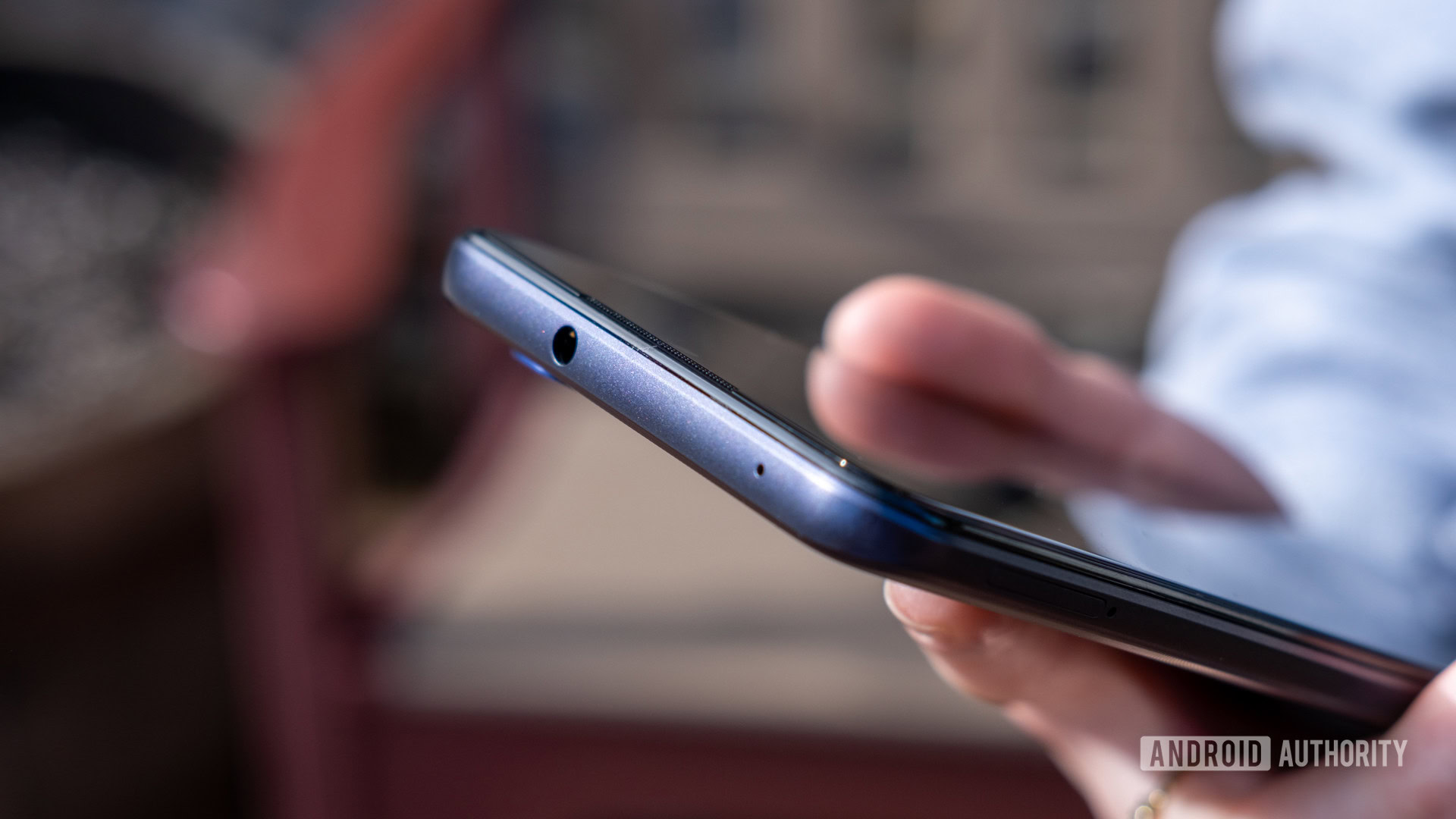
You can probably guess where this is going based on the image above. I don’t think 2023 will be the year that the headphone jack makes a triumphant return to budget phones. It’s probably well on its way to joining the dodo in extinction. Yes, some phones still cling to the headphone jack, but they’re fewer and further between than ever — and many lie outside of the budget realm. And, you know what, that’s alright.
The inevitable end of the headphone jack isn’t something we want to see, but I’m mentioning it as something we expect to see. I’m also mentioning it because it might come with a silver lining. If the headphone jack bows out in favor of any of the points below, it will have been worth it. Will OEMs justify it that way? We don’t know, but it’s better than removing the headphone jack just to remove it.
We don't want to see the back of the headphone jack, but would trade it in for more modern features.
After all, wireless audio technology continues to improve, and the arrival of Qualcomm’s midrange S3 Gen 2 platform in 2023 should boost it even further. You can still hold onto your favorite wired headphones for laptops, tablets, and anything else with a headphone jack, but it’s worth having even an inexpensive pair of wireless ‘buds for life on the go.
Ditch the macro and depth lenses
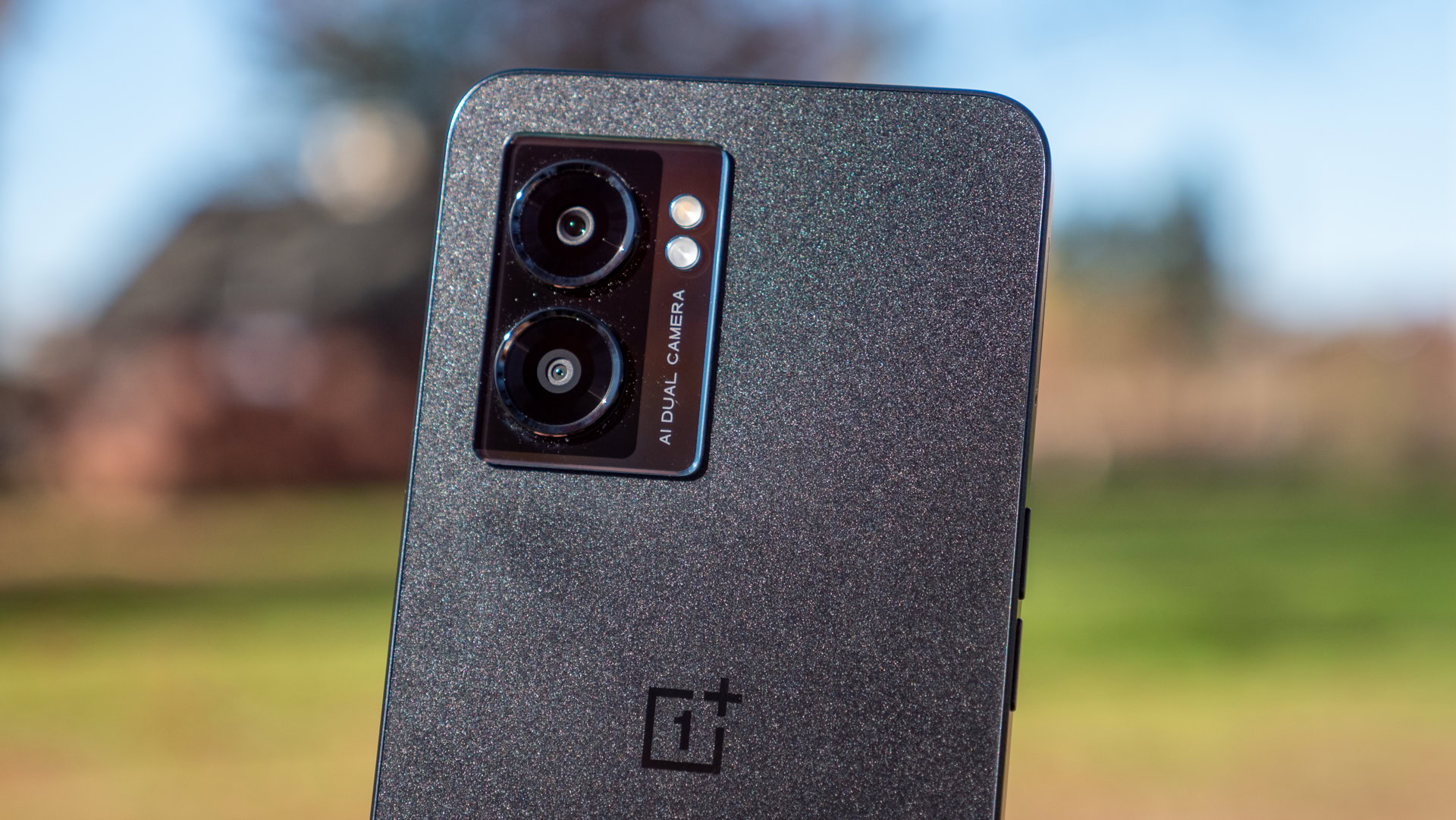
Lenses for the sake of having lenses — one of our least favorite trends of all time. Someone woke up one day and decided that more cameras must equal better performance, and OEMs just haven’t let go. In some cases, that’s fine. We’re happy to praise a flagship device with a wide lens, an ultrawide lens, and a telephoto lens, basically the trifecta. However, most budget phones — and many mid-range phones — seem to miss the memo.
Whether there are two, three, or even four lenses on the back of a budget phone, they’re seldom all up to the task. Samsung’s Galaxy A53, for example, was one of the best mid-range phones of the year, but it would have been just as good without its 5MP dedicated macro lens and 5MP depth sensor. Motorola’s Moto G 5G is in a similar boat — it has a fine 50MP primary lens, but it skips the ultrawide altogether in favor of 2MP macro and depth lenses.
Would you rather have two great lenses or four lenses of which only two are useful?
Unfortunately, no matter the resolution, dedicated macro lenses almost always end up on our list of complaints. It’s often difficult to take an excellent shot, and there’s no flexibility outside their intended usage. As premium devices begin to add macro functionality to their ultrawide lenses, the shortcomings of a dedicated sensor are all the more noticeable. Depth sensors are in the same boat — sure, they grab more information for portrait mode and other effects, but a decent overall camera setup can get the same results.
While we can all agree that certain lenses are ready for retirement, we can’t all agree on what to replace them with. Some of us here at Android Authority will tell you that a telephoto lens is a must-have, while others will vouch for an ultrawide (assuming it’s not already there). Honestly, sometimes a phone doesn’t need three lenses — the Nothing Phone 1 performed admirably with just two 50MP lenses.
As Kevin from The Office might have put it, why use many lens when few lens will do?
Wireless charging — or at least faster wired charging
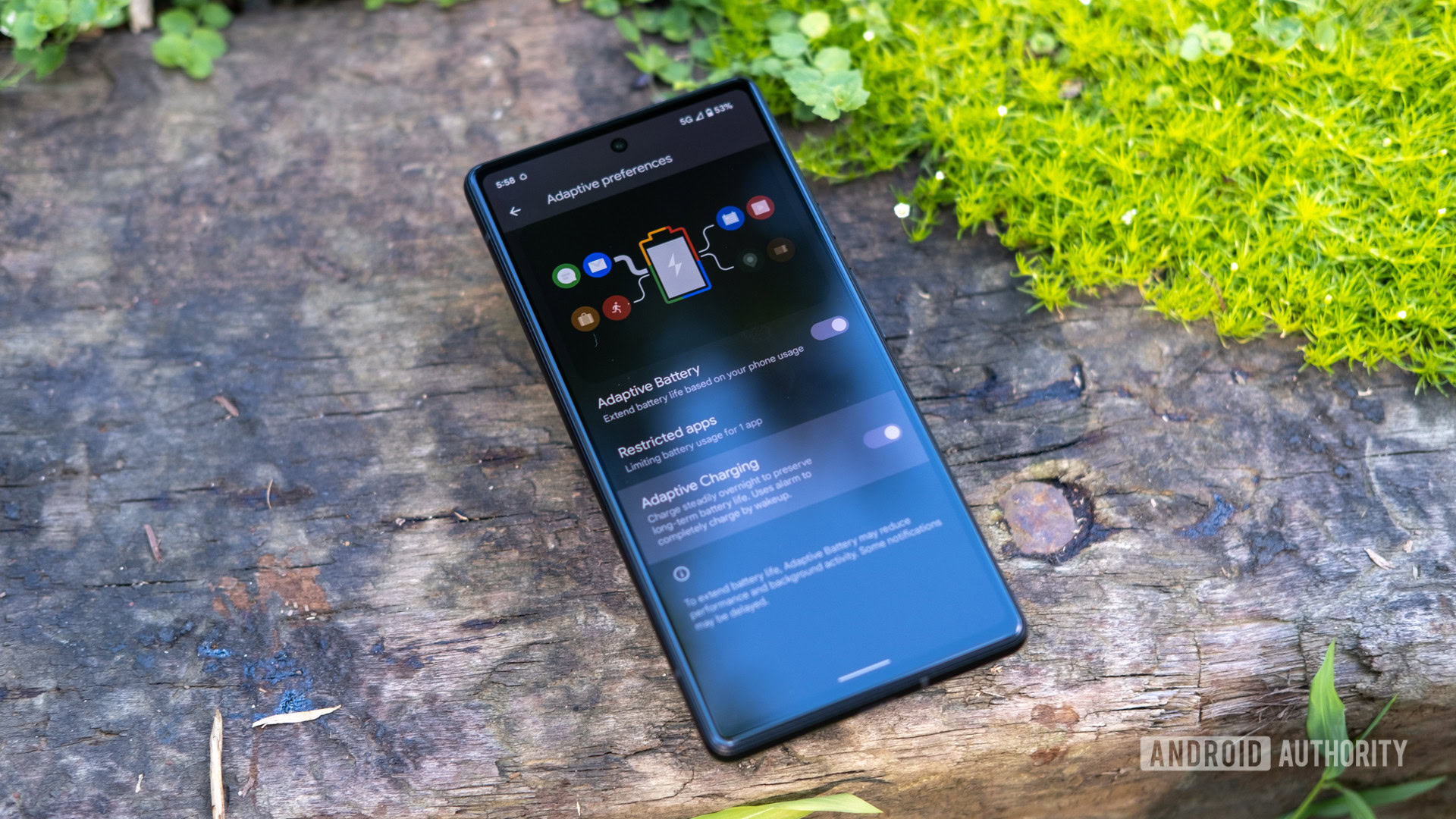
It’s no secret that budget and mid-range phones often deliver some of the best battery life. Power-sipping processors combine with hefty, often 5,000mAh, cells to last through one day of use and often close to two. Battery life is often one of the best reasons to opt for a budget phone, especially if you’re a light to average user. However, charging standards often tell a different story — at least in the US.
Motorola is content with 10W charging on the Moto G series, and devices like the Samsung Galaxy A13 only bump up to 15W. Even the mid-range Pixel 6a stops at 18W charging, while the Galaxy A53 hits a respectable 25W. However, these speeds pale compared to what devices in global markets are capable of. Take the OnePlus Nord 2T, for example. It launched with 80W wired charging and a 4,500mAh battery for just about $300. POCO’s X4 GT tells a similar tale, packing a 5,080mAh cell and 67W wired charging for about half the price of a Pixel 7.
Samsung's 25W wired charging is great — until you compare it to what OnePlus and POCO have to offer.
While it’s safe to say we won’t see Motorola (or Google or Samsung) jump to those charging speeds in 2023, it’s high time to raise the floor. Spending two or more hours tethered to an outlet isn’t worth the cost savings, especially when you have somewhere to go. The Galaxy A53’s 25W rate is about as low as phones should go, but it’d be great to see OnePlus’s need for speed spread to other OEMs. Its budget-friendly Nord N300 launched with 33W wired speeds and still comes with a charger in the box for less than $300. Faster speeds aren’t impossible, brands just need to embrace them — even if it costs a little more.
Since we’re talking about charging, why is wireless charging so hard to find on the best mid-range phones? It’s not a fair feature to expect from budget phones, but we noted it as one of the most significant omissions from the Galaxy A53 and Pixel 6a. Sure, Apple’s iPhone SE (2022) offers wireless charging with its retread iPhone 8 design, but that opens up a new list of tradeoffs. If the future is portless — don’t worry, it’s still a few years off — wireless charging needs to start making its way to the affordable corners of the Android market.
Rethink the go-to materials
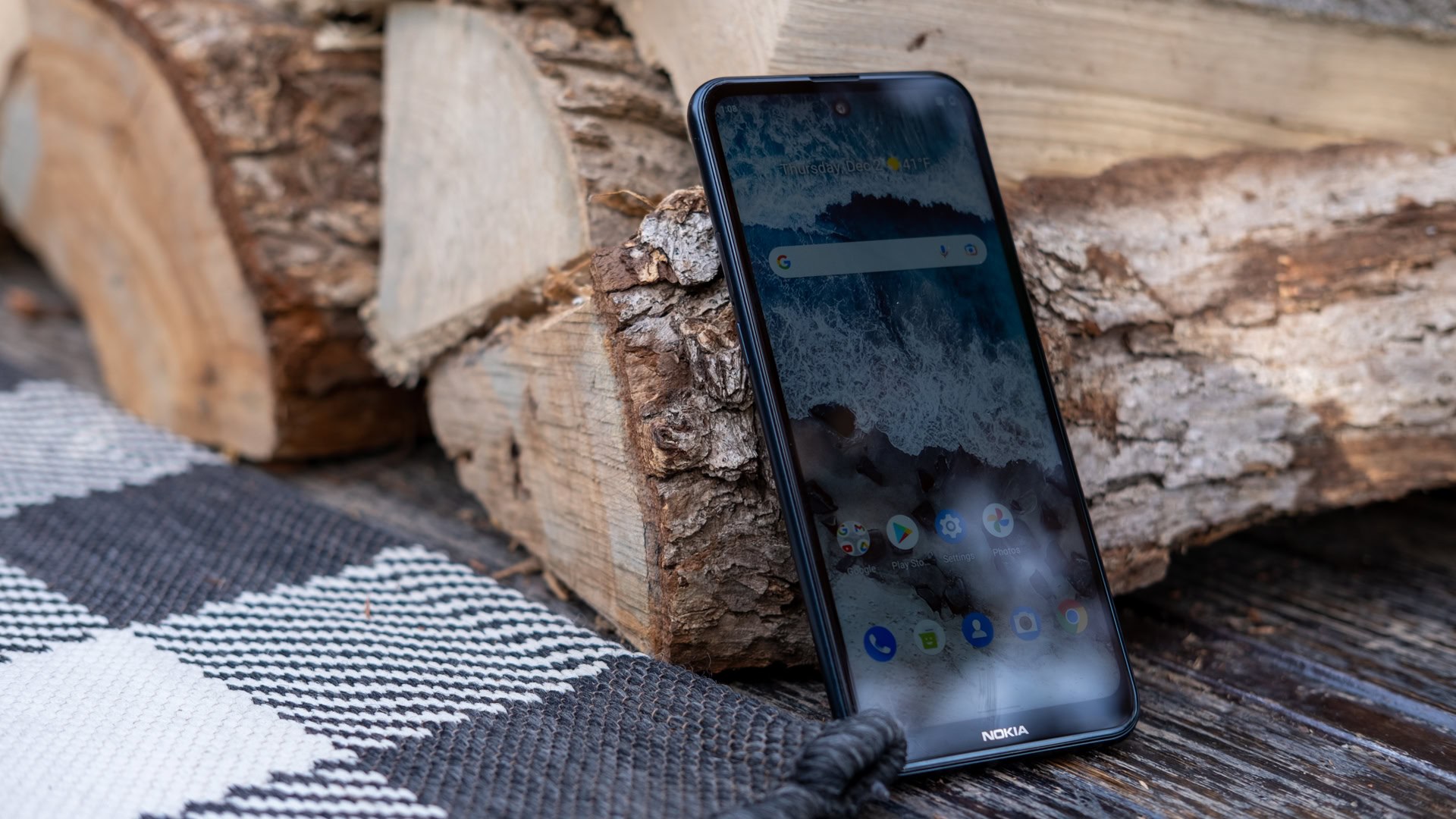
Plastic is cheap, and cheap is good when it comes to budget and mid-range phones. The more money a brand can save on materials, the more it can put into improving some of the other things we’d like to see. We don’t always complain about a plastic build, either — some brands have found ways to make it look and feel more premium. Motorola often keeps things interesting in color and texture, and it’s usually enough to earn the Moto G style points above its price tier.
Style points, however, only go so far in keeping a budget phone in your pocket. Materials like aluminum frames, Gorilla Glass, and IP ratings are just as important in ensuring that phones stand the test of time. Hopefully, 2023 will be the year that OEMs decide to branch out from plastic and try something a little different.
We don't expect Gorilla Glass Victus, but budget phones have a perfect opportunity to embrace fun materials.
We applauded the Pixel 5a for its aluminum build a few years ago — you’re not going to crack aluminum — only to have Google dive back into plastic (3D thermoformed composite, but whatever) for the Pixel 6a. An aluminum phone with the Pixel 6a’s size, design, and wireless charging is a phone I’d hold onto for years.
However, I don’t think brands need to go all-in on premium protection. You’re not going to find a Gorilla Glass Victus display on a budget phone. OnePlus swapped Gorilla Glass for less expensive — but still durable — Ganda Glass on its recent Nord N300. It doesn’t have name recognition, but Panda Glass is still a step up from a basic, unnamed panel. OnePlus also secured a basic IP52 rating for its most affordable Nord. No, IP52 isn’t IP68, but it’s better than nothing.
Longer software commitments
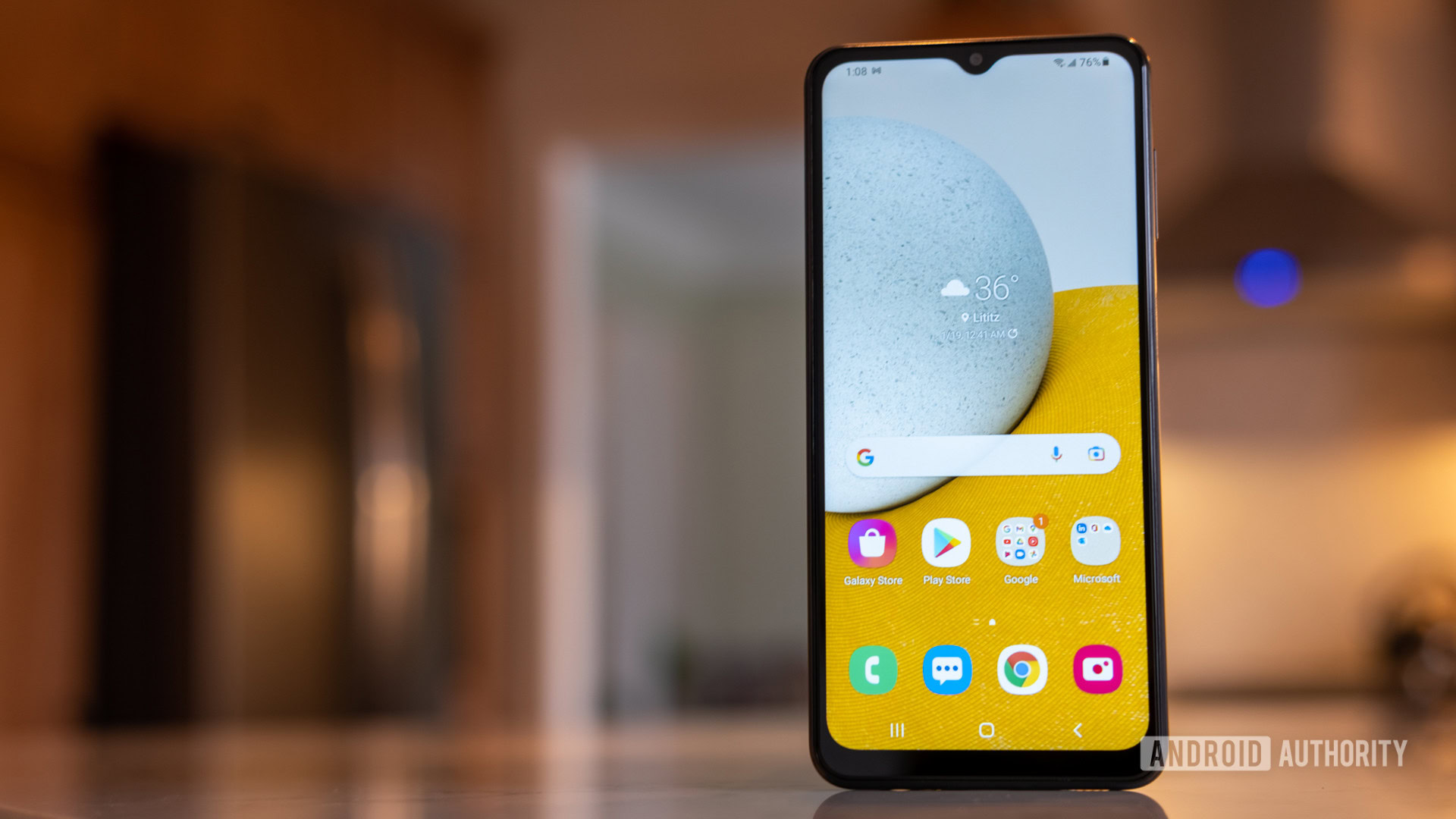
Samsung and Google have excellent software commitments — if you pick up a flagship device. Up to four years of Android updates and five years of security coverage are enough to see you through to your next upgrade. Even Motorola and OnePlus are getting in on the longer commitments for a few select devices. However, mid-range and budget phones aren’t among them, and that’s a problem.
While Motorola’s Edge (2022) is set to receive three Android updates and four years of security coverage, its budget phones will only get one Android update and up to three years of security support. The countless phones launched with Android 12 will be at the end of their road when the Android 13 update rolls around. Perhaps the bigger problem is that Motorola is trying to emphasize its new sustainability initiatives. It’s all-in on recycled materials and keeping the Edge (2022) in your hand longer, but the company sells many more Moto G devices, weak commitments and all.
For every sustainability-minded Edge (2022) that Motorola sells, it’s bound to sell a stack of Moto G devices. It’ll save one phone from a landfill thanks to solid software support, but most will end up with a device that’s almost through its hourglass.
Sustainability initiatives only go so far when your software support ends after just one year.
The OnePlus Nord N300 is right there with the Moto G series. It launched with Android 12 just a few months ago, after Android 13 had already been announced. Yes, the Nord N300 will receive Android 13, but that’s it. If you buy it through T-Mobile, it will only receive one major update over the course of your two-year contract, and there’s no telling when that will be. As a phone that people will likely stick with for years, that’s not good enough. OnePlus is also a bit more secretive about which devices will benefit from its new software commitment, but it’s safe to say the Nord lineup is unlikely to be among them.
Of course, Samsung’s Galaxy A series and the Google Pixel A series benefit from slightly better commitments. They’ve reached the point where you can expect as many as three major Android updates, but that should be the rule, not the exception.
Read next: The Galaxy A and Pixel A series have ushered in a golden age of budget phones
What do you want to see from budget phones in 2023?
There you have it, our picks for where budget phones should go next. Did one stand out to you above the rest? Or do you have something else you’d like to see from budget phones that we missed? Choose what you’re looking forward to the most in the poll below, and sound off in the comments for anything else you’re looking forward to.